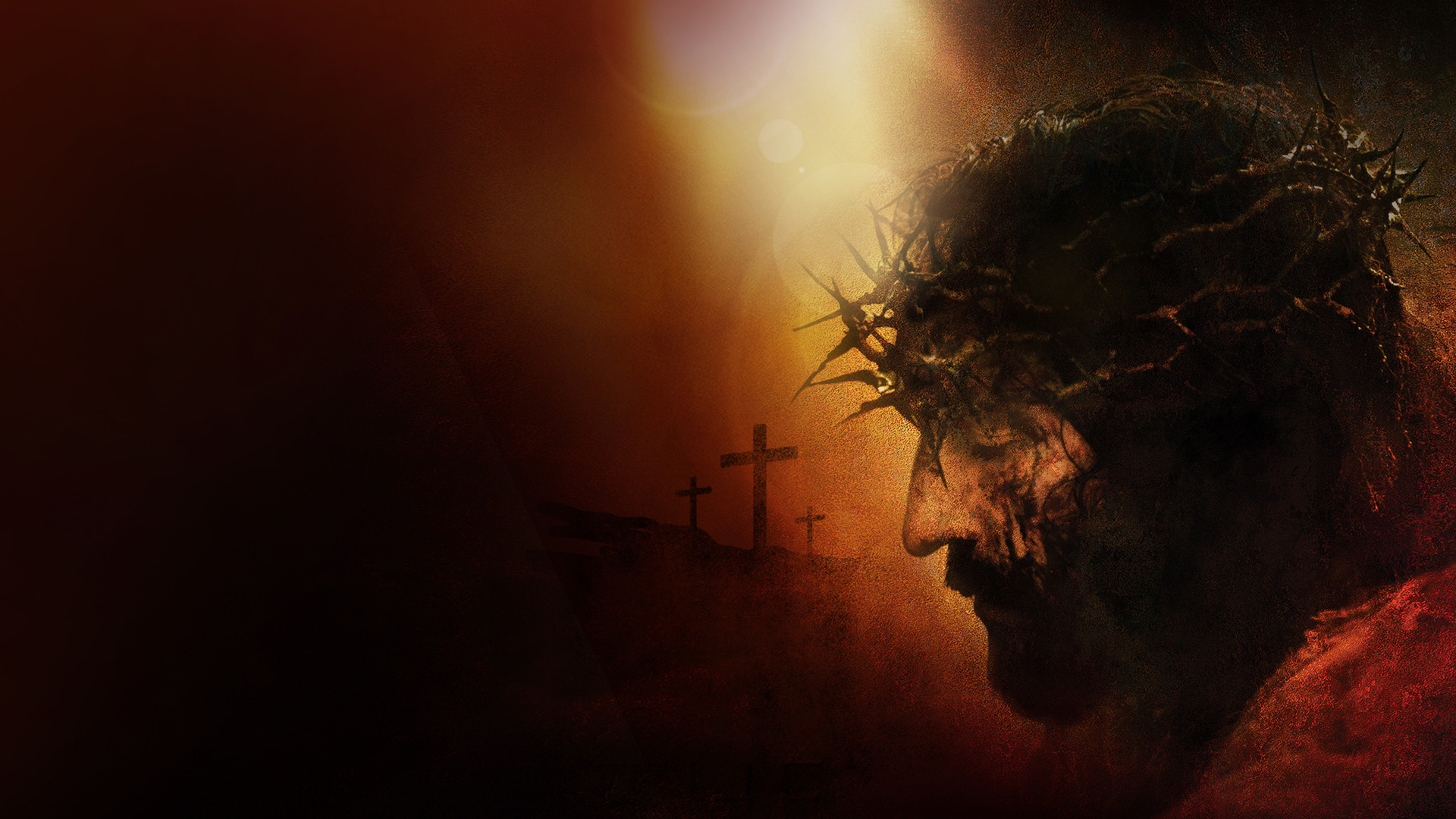

Over the last two centuries, as travel became more accessible, the small village’s ten-yearly fulfilment of their vow has attracted hundreds of thousands of tourists, theatre goers, and even pilgrims. And so, with occasional interruptions (including the Napoleonic conflict, the Spanish flu, and World War II), they have faithfully done. In desperation, the villagers vowed that if God would spare them from further devastation, they would stage a “play of the passion, death, and resurrection of our Lord Jesus Christ” every ten years. It all began in 1633 when the plague tore through the small village, killing almost half its population. The shopkeepers prepare for an influx of tourists seeking a hand-carved Jesus or Mary as a memento of their trip.


Two thousand costumes are dusted off and tailored. A choir of over one hundred local participants diligently practices the five-hour passions setting by the composer Rochus Dedler (1779–1822), himself a local. Elaborate tableaus of Biblical scenes are painstakingly constructed. A local donkey is prepared to carry this year’s Jesus. Men who wish to participate are instructed to stop shaving after Ash Wednesday, so that by summer they sport bushy (and one can only imagine uncomfortable) beards for the production. The Passionsspiele Oberammergau, an all-day theatrical production of the passion put on by local residents, is thought to be the oldest continuous amateur theatre production in the world. We were all here to witness the same once-a-decade spectacle. Brightly colored flags on little sticks bobbed above the sea of people, announcing various tour and pilgrimage companies. The two streets comprising the small Bavarian village were almost completely abandoned, but by the early hours of the next morning, swarms of fanny-packed travelers trotted behind priests perspiring under white collars in the unbearable summer humidity.


 0 kommentar(er)
0 kommentar(er)
